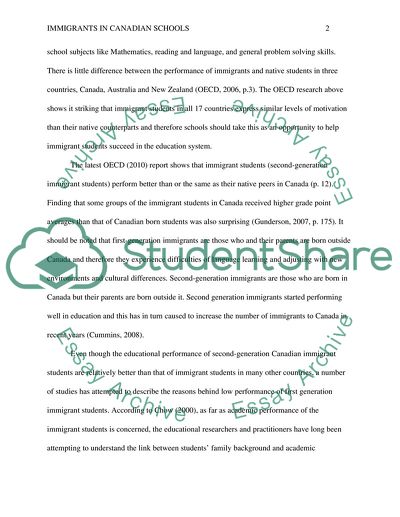Cite this document
(“Immigrants In Canadian School Research Paper Example | Topics and Well Written Essays - 3250 words”, n.d.)
Immigrants In Canadian School Research Paper Example | Topics and Well Written Essays - 3250 words. Retrieved from https://studentshare.org/education/1569075-immigrants-in-canadian-school
Immigrants In Canadian School Research Paper Example | Topics and Well Written Essays - 3250 words. Retrieved from https://studentshare.org/education/1569075-immigrants-in-canadian-school
(Immigrants In Canadian School Research Paper Example | Topics and Well Written Essays - 3250 Words)
Immigrants In Canadian School Research Paper Example | Topics and Well Written Essays - 3250 Words. https://studentshare.org/education/1569075-immigrants-in-canadian-school.
Immigrants In Canadian School Research Paper Example | Topics and Well Written Essays - 3250 Words. https://studentshare.org/education/1569075-immigrants-in-canadian-school.
“Immigrants In Canadian School Research Paper Example | Topics and Well Written Essays - 3250 Words”, n.d. https://studentshare.org/education/1569075-immigrants-in-canadian-school.


